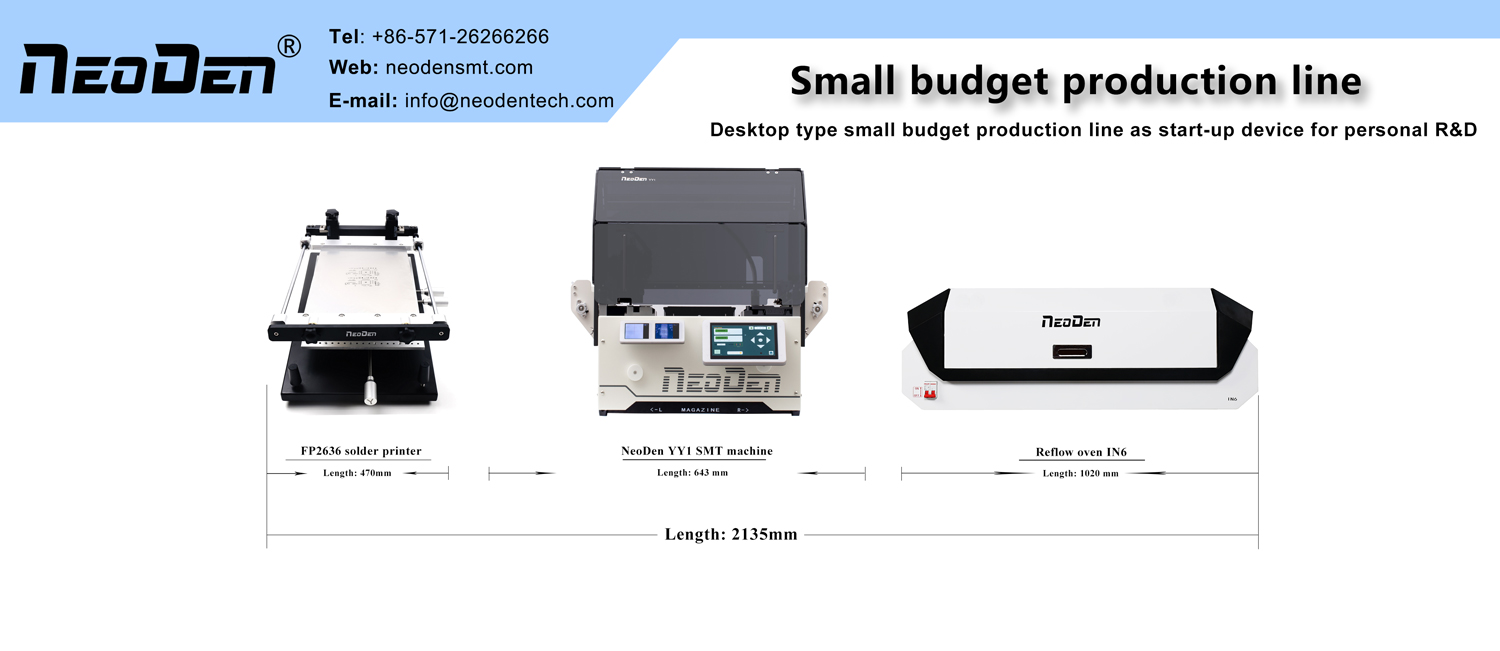Flex PCB is a flexible electronic circuit boards usually made of flexible insulating materials such as polyester film or polyimide (PI) film. They are useful in many applications because of their greater flexibility in bending and shape adaptation compared to traditional rigid circuit boards. Below is information on the design and applications of flexible electronic circuit boards:
Design of flex PCB
1. Material Selection: Selection of the appropriate flexible material is very important. Common materials include polyester, polyimide, and polyetherketone. The choice of material should be based on the requirements of the application, operating temperature range and chemical stability.
2. Hierarchy: Flexible circuit boards can be single or multilayer, depending on the complexity of the circuit. Multi-layer flexible circuit boards usually contain internal copper layers and power planes. 3.
3. Circuit Design: The nature of the flexible material should be taken into account when designing circuits on flexible electronic circuit boards. Sections that require the use of flexible circuit boards may need to consider factors such as bend radius, interlayer connections, etc. 4.
4. Pad design: pads should be designed with reliable soldering in mind, as flexible circuit boards are often used in highly dynamic applications.
5. Protection and encapsulation: In order to protect the flexible circuit boards from mechanical and environmental damage, it is often necessary to use appropriate encapsulation and protective measures, such as polyurethane coating or silicone encapsulation.
Applications for Flex PCB
1. Portable devices: Flexible electronic circuit boards are commonly used in portable devices, such as smartphones, tablets and wearable devices, because they can be adapted to different shapes and sizes.
2. Medical devices: in medical devices, flexible electronic circuit boards are used in various applications such as medical sensors, medical imaging devices and implantable medical devices because they can adapt to the curves and movements of the human body.
3. Aerospace: flexible electronic circuit boards are used in a wide range of aerospace applications, such as electronics in satellites, spacecraft, and vehicles, because they can reduce weight and adapt to space constraints.
4. Automotive electronics: flexible electronic circuit boards are also used in automotive electronics for in-vehicle entertainment systems, navigation, safety systems, etc., because they can adapt to the curves and space constraints inside the vehicle.
5. Industrial control: in industrial control systems, flexible electronic circuit boards are used in a variety of sensors, controllers and communications equipment, because they can adapt to a variety of industrial environments and enclosed spaces.
In conclusion, flexible electronic circuit boards are designed and applied in a wide range of areas and potential opportunities. Their ability to provide flexibility, reliability and performance in different applications is becoming increasingly popular in the electronics field.
Post time: Oct-18-2023

